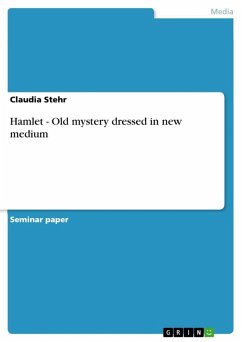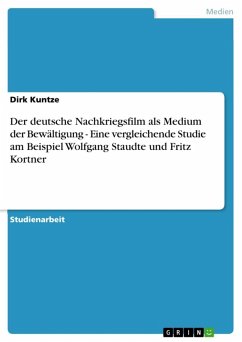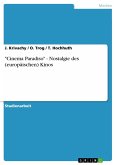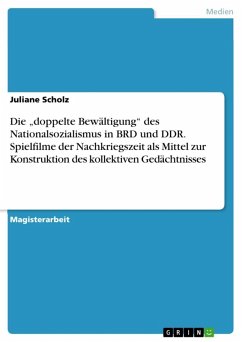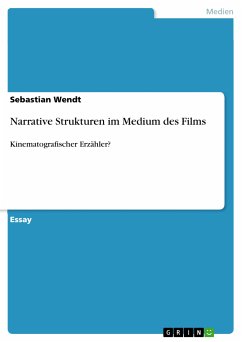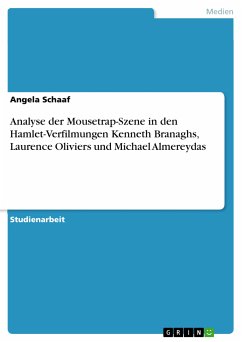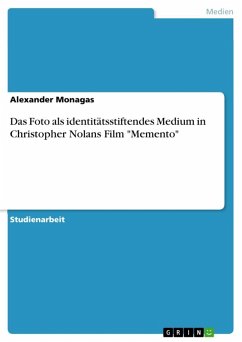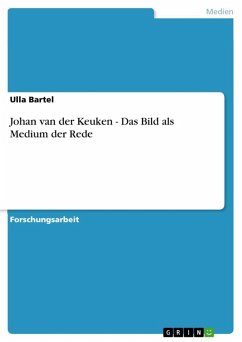Seminar paper from the year 2005 in the subject Film Science, grade: 1,5, Technical University of Braunschweig (Englisches Seminar), course: Shakespeare on Film, language: English, abstract: A Shakespeare anthology reads: "Hamlet seems always to have been the most discussed work of literature in the world." It has fascinated people for all times, and inspired them to critically write about the play itself, Hamlet's character, or the various contradictions and paradoxes of the plot, e.g. the good or evil nature of the Ghost, Hamlet's real or pretended madness, or his hesitation to kill Claudius. A sheer volume of material has been published. It is a play that has put people under a spell, then in the Renaissance, as well as today, 400 years later. Questions have been raised, but the riddle has never really been solved, although different types of critics, theories and analyses have been applied to interpret and understand this world famous dramatic piece of art. This essay shall not solve the mystery of Hamlet, but examines how Shakespeare's play has been transformed into the medium film and how these adaptations reflect the time in which they were produced. There have been uncountable film reworkings of Hamlet - many of various approaches and emphases. This paper focuses on two versions, Asta Nielsen's silent Hamlet - one of the first Hamlet films ever made, and Hamlet (2000) - the first Hamlet adaptation of the new millennium. Both films are produced in a totally different period of film history with nearly a century in between. Still, they have many similarities, especially concerning the way of how this play has been translated into its given time of production. Therefore, aspects like the circumstances of the films, their place in history, the viewing habits of the audience at that time, film criticism and how the films relate to the issues of the world, are going to be examined. For a precise analysis I have prepared sequence protocols (see appendix) of the films to compare them to each other and to the play. To begin with, a short overview of Hamlet on film is presented to make the reader aware of its long, everlasting history.
Dieser Download kann aus rechtlichen Gründen nur mit Rechnungsadresse in A, B, BG, CY, CZ, D, DK, EW, E, FIN, F, GR, HR, H, IRL, I, LT, L, LR, M, NL, PL, P, R, S, SLO, SK ausgeliefert werden.

